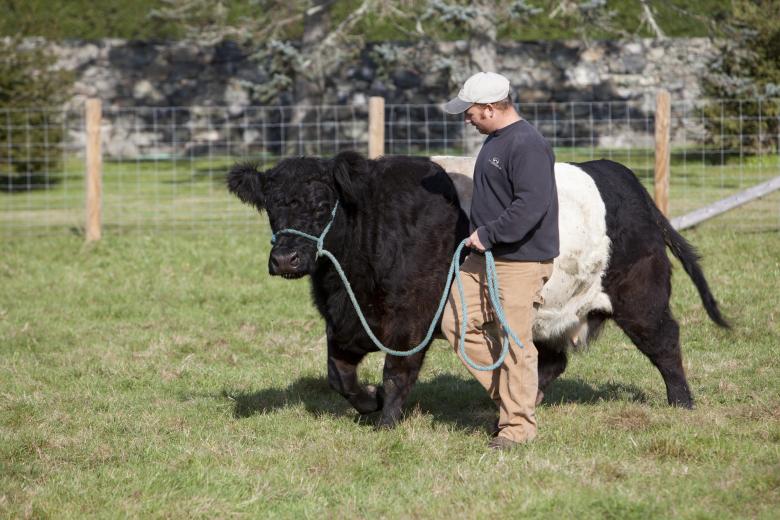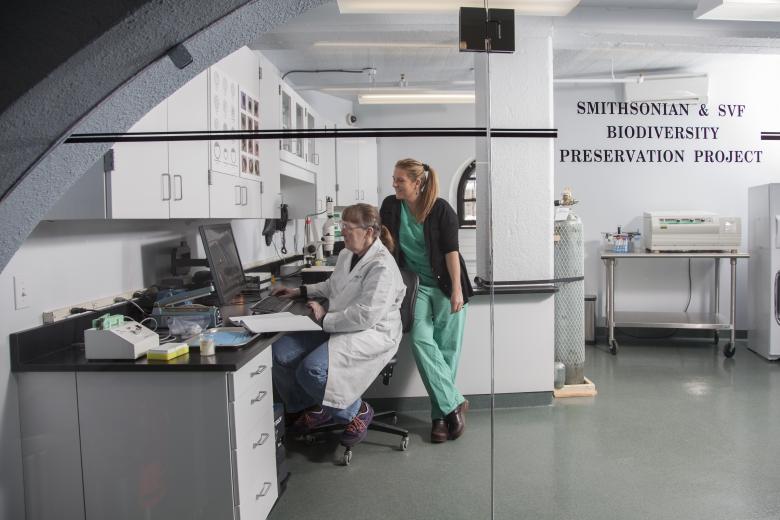The Swiss Village Farm Foundation – a Swiss enclave of sheep, cows and hens in the heart of Rhode Island
Today we venture out to discover the Swiss Village Farm (SVF) Foundation, a complex of old cottages and meadows, home to the most extraordinary species of cattle, goats, sheep and hens. Four-horned rams, 'fainting' goats that keel over with fright when startled, gold-crested hens. Are these simply quirks of nature? Not in the least. These are species born from centuries of crossbreeding, experiments of breeders willing to create stronger and more resistant animals through controlled mating; species that today risk extinction, because they no longer conform to the standards of the global food industry.
We could be in the Valle Maggia in Switzerland, but in fact we are in Newport, in the heart of Rhode Island, a small state on the east coast of the United States. The town, with just 24,000 inhabitants, has always been a holiday destination for well-heeled New Yorkers. Cypress-lined avenues lead to colossal mansions built in neoclassical style. All very grand. But in the midst of all this opulence, why the cottages and meadows inhabited by bizarre sheep and other ruminants?

To explain, we need to go back to the era of Arthur Curtiss James (1867–1941), a mining magnate and, at the time, one of the richest men in the United States. For his honeymoon he went to Europe, travelling through Switzerland, including the canton of Ticino. He fell so much in love with the place that on his return he commissioned a group of architects from New York to replicate a village of Ticino-style cottages in Newport. In addition to providing a home for his family, James wanted to have cows, pigs, sheep, goats and chickens on the property, continuing the passion of his father, who was something of an amateur breeder. He fulfilled his dream, and the James family and its animals lived in their Swiss-style paradise for many years. After James's death in 1941, his descendants allowed his estate to dwindle. It was sold, changing hands several times and eventually fell into disrepair. It was not until the 1990s that it was returned to its previous splendour. It was bought back and completely restored by Dorrance Hamilton, billionaire heiress of the Campbell's Soup fortune – the global brand immortalised in the works of Andy Warhol. To repopulate the estate with its original inhabitants, Dorrance asked for help from Tufts University in Massachusetts, one of the best veterinary medicine schools in the United States. The idea was born to make it a centre for veterinary research and a sanctuary for the conservation of rare breeds. It was named the SVF Foundation.

The centre seeks to remedy the progressive loss of biodiversity. Modern breeding practices tend to favour species that provide the highest yields, which leads to genetic impoverishment. The species reared produce more meat, more milk and more wool, but are less resistant to diseases and climatic stress. Hence the interest in methods aimed at conserving biodiversity. Switzerland, for example, has taken the lead with the ProSpecieRara foundation, which has developed a social media platform for rare species. Breeders can post the profiles of their most beautiful animals, with a view to finding the best match for mating. In Rhode Island they have adopted a different strategy. The SVF teleports its visitors not only to Switzerland, but also one hundred years back in time. But just venturing inside the granite walls of the 15 cottages, you are catapulted into a technological future à la Jurassic Park – a network of laboratories equipped with state-of-the-art instruments, with researchers in white coats collecting and storing samples of genetic material. Sarah Bowley, the programme director, says that to date the centre has collected 140,000 samples from at least 35 endangered species of cattle and sheep, all of American origin. Steaming tanks of liquid nitrogen in the labs serve as biological conservation banks. If a species dies out, it can be brought back thanks to in vitro fertilisation and embryonic transplantation.





